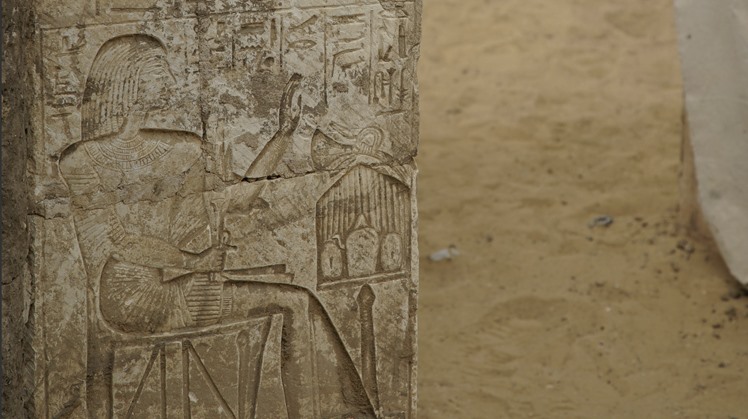Dr. Ola Al-Ajezy, head of the expedition that discovered the tomb of the chief treasury of King Ramses II, said that the new discovery adds to the Egyptian antiquities new names from the reign of King Ramses II and new information about that period, military activity and other important discoveries.
Ola Al-Ajezy added, in a telephone interview to the “Today” program presented by the media, Sarah Hazem, via the dmc channel, that the unfolding tombs are distinguished by the beauty and artistic style of the reign of King Ramses II, in addition to possessing very important characteristics as the tomb is independent in the form of a temple and is not carved in the rock And not close to the pyramid or any royal cemetery.
And she continued, "We have been working in this area since 2005 and made very important discoveries, including a huge tomb of a military leader from the era of King Seti I, and he may be among the participants in the war battles of King Ramses II or King Seti I."
The mission of the Faculty of Archeology, Cairo University, headed by Dr. Ola El-Ajezy, succeeded in excavating the tomb of “Ptah-M-Wea”, who was head of the treasury during the reign of King Ramses II, during the excavations that the mission is conducting in the Saqqara area, south of the ascending road of King Unas.
Dr. Mustafa Waziri, Secretary-General of the Supreme Council of Antiquities, pointed out that the discovery site includes the tombs of senior men of the modern state from the era of the nineteenth dynasty and complements the site of the tombs of the eighteenth dynasty, the most important of which is the site of the military leader Horemheb.
Waziri added that the importance of discovering this tomb is due to the positions held by its owner as royal scribe, head of the treasury, chief supervisor of livestock, and responsible for divine offerings in the Temple of Ramses II in Thebes.
 Sun, Oct. 31, 2021
Sun, Oct. 31, 2021